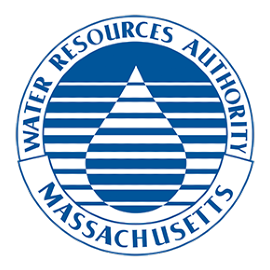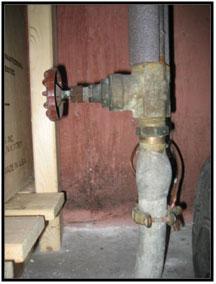
MWRA water is lead-free when it leaves the reservoirs, and MWRA and local water mains do not add lead to the water. However, lead can get into water through a lead service line (the pipe that connects your home to the main in the street) or household plumbing.
This page will let you know how lead can get into tap water and how you can reduce potential exposure to lead in your home. It also includes MWRA test results, information about how to get your household tap water tested for lead and more resources.
Lead FAQs
MWRA/Department of Public Health (MDPH) Testing Program
MWRA is working in partnership with the Massachusetts Department of Public Health (MDPH) to sample for lead in the tap water at homes where a child has an elevated lead level in their blood, and to help identify if there is a lead service line. MWRA’s certified laboratory reports the results back to MDPH which provides the results to the residents, preserving the required confidentiality. To learn more about what MDPH is doing about preventing the children’s exposure to lead, please visit their website. See a summary of the results at Lead Test Results.
How many tests has the lab completed?
As of 2024- MWRA's Laboratory has conducted over 45,000 tests from 668 schools and daycares in 45 communities since 2016.
More Resources
Easy Ways to Reduce Your Exposure to Lead in Drinking Water
General Lead Information:
- Mass. Department of Public Health Childhood Lead Poisoning Prevention Program, (800) 532-9571
- Centers for Disease Control and Pevention Childhood Lead Poisoning Prevention Program
- Water Filters: National Sanitation Foundation, (800) NSF-8010
- Mass. State Regulations: Department of Environmental Protection Division Drinking Water Program, (617) 292-5770
- U.S. Environmental Protection Agency Lead Information
Contact Us
If you have questions or would like more information about lead in drinking water, please call our Water Quality Hotline: 617-242-5323, or email Beverly Anderson, Project Manager, Public Health.
Image Credits
(1) Water service line illustration courtesy American Waterworks Association
(2, 3) Lead service line photos courtesy EPA Region 5
Updated September 26, 2023




